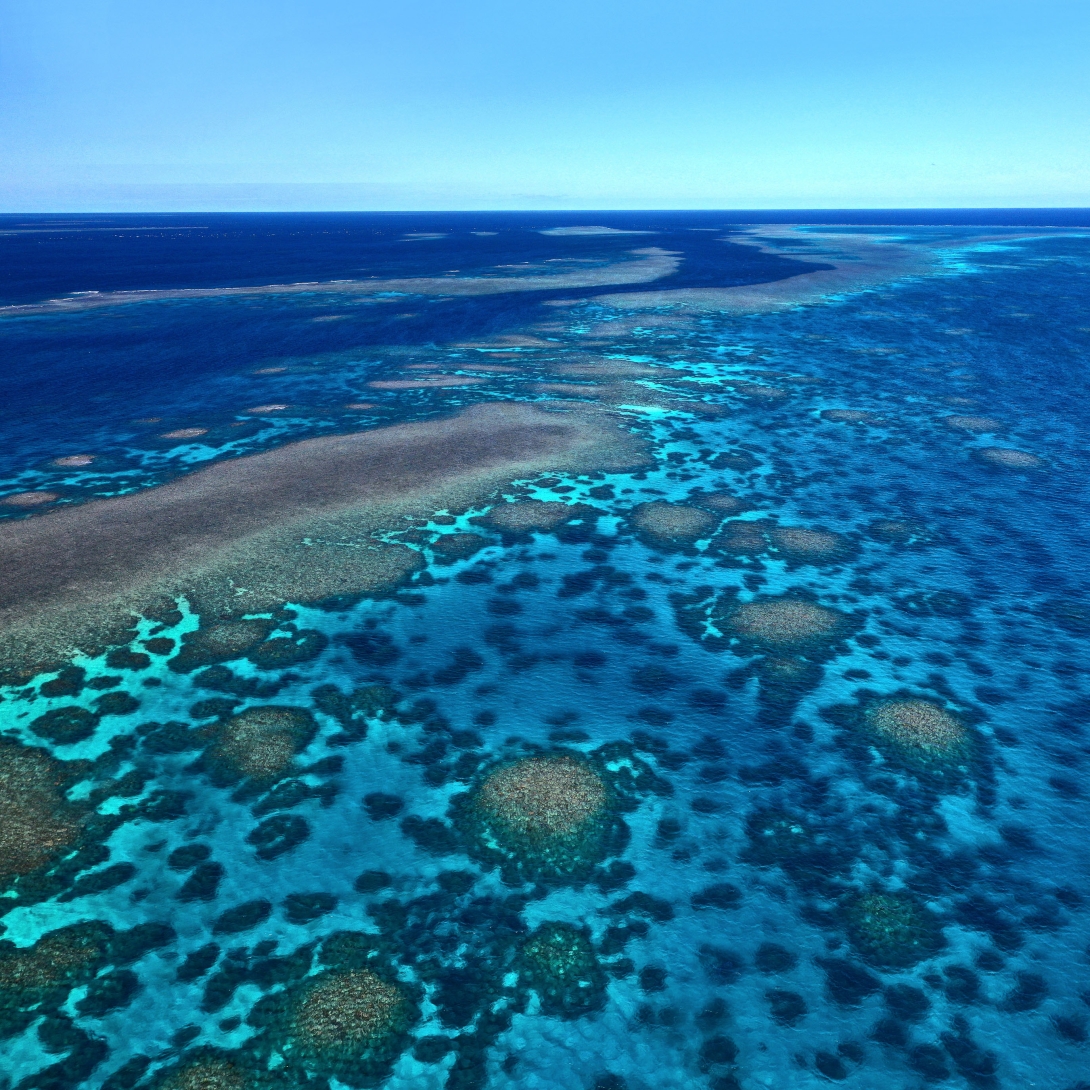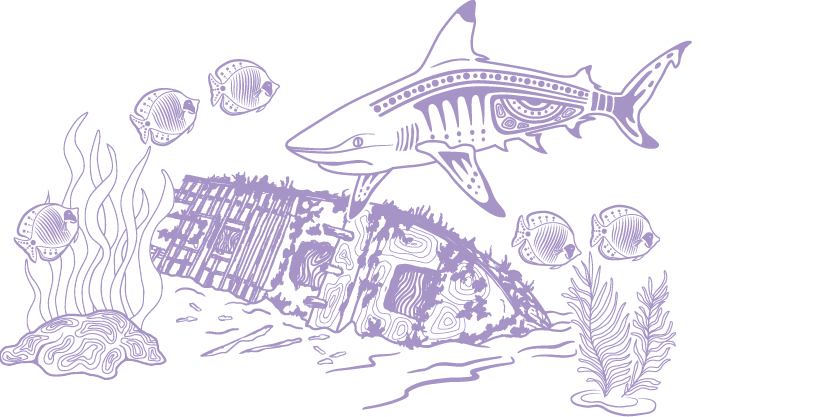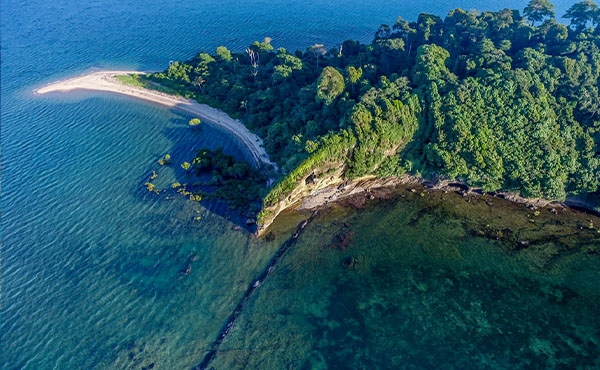Integrity — a measure of the wholeness and intactness of a place’s natural heritage value 1065 — is an important prerequisite for a natural heritage property to be inscribed and continue to be on the World Heritage List. The Great Barrier Reef is one of the richest and most complex natural ecosystems on Earth; the Region also supports a variety of uses by people.1096 The United Nations Educational, Scientific and Cultural Organization (UNESCO) recognises that human activity within the listed place may be consistent with the Region’s outstanding universal value, where it is ecologically sustainable. The assessment of the Region’s integrity examines the interaction between its biodiversity and ecosystem values and human activity (Appendix 4). This assessment also considers the adverse impacts of human activity on the outstanding universal value, the safeguards against the impacts and the management regime of the place.1065 The current condition (and trends in condition) of biodiversity and ecosystem health also informs the integrity grade.

The insightfulness to include virtually the entire Great Barrier Reef within the world heritage property at inscription has helped sustain the integrity and diversity of the Region’s marine ecosystem.1096 Recognising the diversity of the Region is crucial in the assessment of the property’s integrity, while noting that some areas are being increasingly affected by climate change more than others.1097 This diversity is evident in the spatial extent of the habitats within the world heritage property regardless of their proportion of the Region and prominence. Large areas of the Reef are lagoon floor habitat (more than 60 per cent), with continental shelf, seagrass meadows, and coral reefs the next most extensive areas and a range of other habitats making up the rest.1098
For the first element of integrity, the property remains whole and intact; the condition of many elements that make up the four natural world heritage criteria are stable. Rising sea temperatures have likely affected most habitats and species (Chapter 2), processes (Chapter 3) and heritage values (Chapter 4). In turn, human activities in the Region have changed and continue to pivot and adapt to the changing Reef environment. Marine heatwaves have triggered six mass coral bleaching events on the Reef (Section 2.3.5).48,49 Recovery of coral cover has been recorded in offshore reefs, but inshore reefs remain in poor condition (Section 2.4.4).190 The threats to the values of the Reef (Chapter 9) do not operate in isolation. Cumulative impacts result from the interaction of effects from one or more threats as well as past, present and reasonably foreseeable future influences.
The second element of integrity, the human element, includes the management and domestic policies for protection of the property. An effective protection and management system is essential to conserve the Reef for present and future generations.1096 An independent assessment of management effectiveness is included in Chapter 7. It found the Region generally continues to be well managed. However, since 2019, declines have occurred in the effectiveness of some aspects of the tools currently used to manage the external factors influencing the Region’s values (Chapter 6). Particularly in terms of achieving outcomes related to the protection of Reef values and reduction of threats to these values.
Climate change remains the most pervasive and persistent threat to the Reef’s integrity
Climate change remains the single most pervasive and persistent influencing factor impacting the values of the Region. While the effectiveness of managing climate change has increased since 2019 (Chapter 7), it remains partially effective. Overall, the Reef has a complex governance system that was established when there was very limited understanding of the impacts of climate change on the Reef. The governance system may not be agile enough to adapt to rapidly evolving climate change impacts. Research science on climate adaptation supports the implementation of contemporary Reef management.1097
The frequency of testing and deploying proactive interventions in the Reef has increased, and a large research and development program is underway to explore other novel solution (Section 5.6.1). Since 2019, novel partnerships have increased between local tourism operators, managers, and researchers applying resilience-based and adaptive management. More scientific analysis is required to measure the success, feasibility and scalability of interventions.1078,1099 Globally, these types of projects have been hindered by limited scalability and cost-efficiency.1078
The integrity of the world heritage property continues to be good but borderline poor. However, without additional national and global action on the greatest threats to the Reef through this critical decade and beyond,182,1100 the protective capacity of size as a buffer will continue to be eroded by persistent and broadscale impacts on the Region and adjacent areas. The effectiveness of local and regional scale management actions is ultimately affected by the success of actions to address external influencing factors (for example, climate change).


